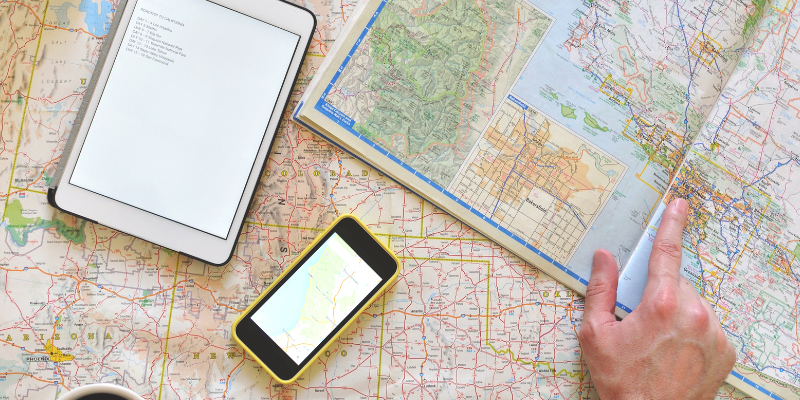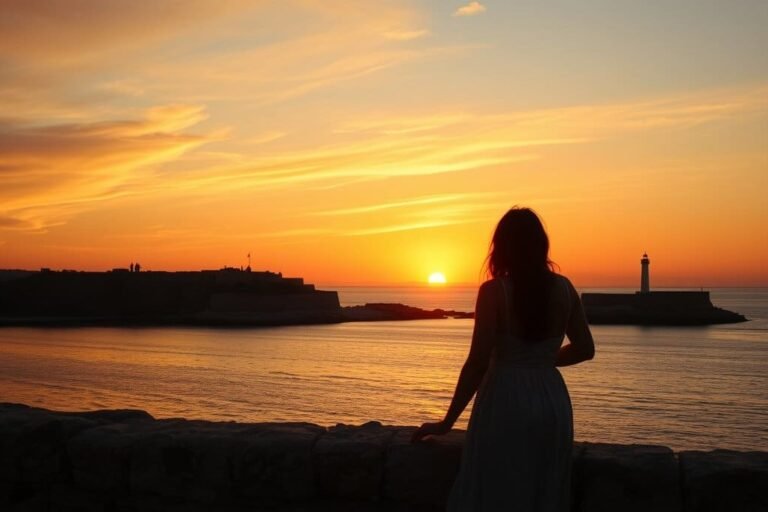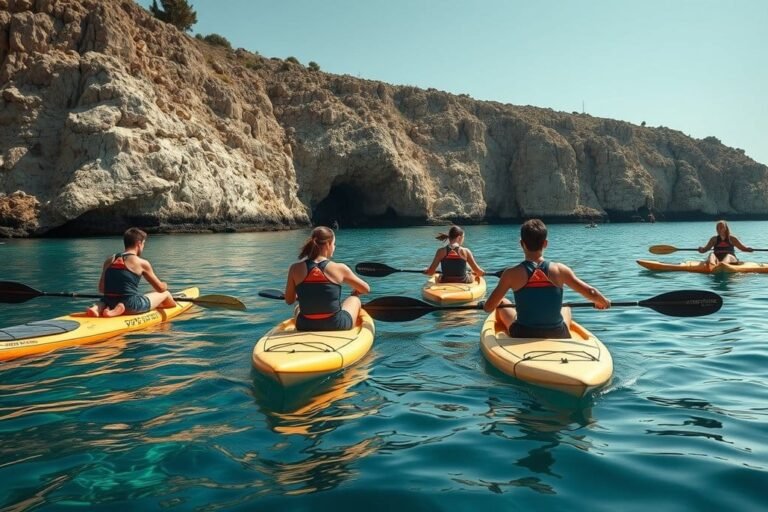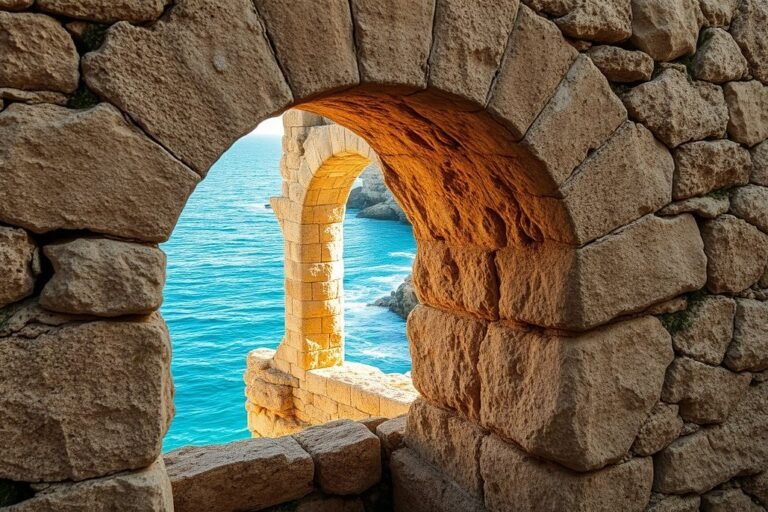Planning a trip to Tabarca Island, located off the coast of Alicante, Spain, requires considering various costs. From transportation to island activities, this article provides a comprehensive overview of the expenses involved to help you plan your perfect getaway to this Mediterranean destination.
Transportation: Ferry and Catamaran Prices
The cost of the trip to Tabarca can vary depending on the season and the type of transport. Ferries and catamarans departing from Santa Pola, Alicante, or Torrevieja are the most common options. Prices range between €15 and €20 for a round trip. During peak season, it’s advisable to book in advance to ensure availability and, in some cases, get better prices.
Accommodation in Tabarca
Although the island is small, it offers accommodation options for those wishing to spend the night. Options range from hostels and guesthouses to small hotels. Prices can range from €50 per night for more budget-friendly options to over €100 for more comfortable accommodations. During peak season, prices can increase, so it’s advisable to book in advance.
Food and Restaurants
Tabarca is known for its excellent maritime cuisine, and eating on the island is part of the experience. Lunch or dinner in a restaurant can cost between 20 and 40 euros per person, depending on the location and whether local specialties like the Tabarca caldero are included. There are also more affordable options, such as bars and small establishments that offer tapas and sandwiches at more affordable prices.
Activities and Entertainment
The island offers a variety of activities, from snorkeling to guided tours. Snorkeling equipment rentals can cost around €10 to €15. Guided tours, both historical and ecological, range from €10 to €30 per person, offering an enriching experience of the island’s history and nature.
Tips for Budgeting Your Visit
For those looking for more affordable options, visiting the island during off-season can result in significant savings on transportation and accommodations. Additionally, bringing your own equipment for activities like snorkeling and opting for picnics or meals at more modest establishments can reduce food costs.







